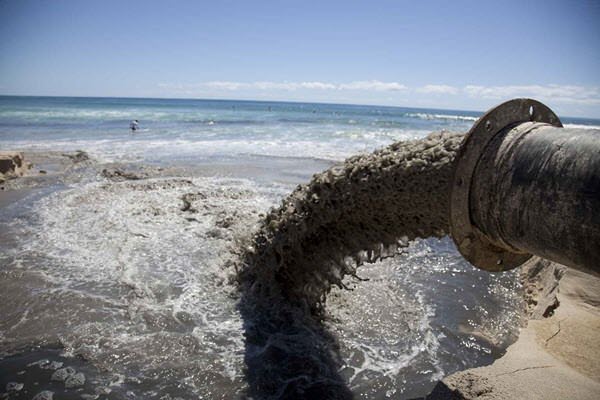Ninety percent of world trade is transported on ships is an oft repeated statement within the maritime industry. Shipping is the lifeblood of international trade. Shipping is also by far the most efficient means of transport on a per ton of cargo carried basis. However that does not mean that shipping does not contribute to significant pollution on absolute terms.
Out of the total global air pollution shipping accounts for 18 to 30 percent of the nitrogen oxide, 9 percent of the sulphur oxides and 3.5 to 4 percent of all climate change emissions. (Schrooten, De Vlieger, Int Panis, & Pastori, 2009)
From the perspective of good corporate social responsibility and general conscientiousness, whether you are an operator in the maritime sector or an entity that depends on shipping for their procurement (which would be the vast majority of companies), moving towards a more sustainable form of shipping would be in everyone’s best interests.

Table of Contents
Why Sustainable Procurement
Shipping is a highly deregulated environment with its hodgepodge of “Flags of Convenience” and varying regulations across ports and countries. Many ship owners have operated with impunity with sub-standard engines burning heavy fuel oil to disposing harmful waste at open sea with no oversight by their flag states who are ultimately responsible in policing them.
While the International Maritime Organisation has risen as a body creating standards across the industry worldwide, significant gaps remain. Shipping is also a highly reactive industry, the industry can be notoriously difficult to change unless significantly nudged in the right direction.
One famous example would be post Titanic when the International Convention of Safety of Life at Sea was introduced most notably mandating that life rafts need to be sufficient to accommodate all persons onboard a vessel. (International Conference on Safety of Life at Sea (1913-1914 : London, England), 1914)
A two pronged approach will be required to get the maritime industry in line with the general growth of cleaner forms of energy.
Implementing Sustainable Procurement Practices
The first step is to step up government regulations and incentives. All flag states need to demand transparency, vessels at sea can no longer operate out of sight and out of mind. Classification societies routinely inspect if vessels are in seaworthy condition, these inspections could easily be expanded to cover testing of emissions same as is done on motor vehicles.
Other simple but effective regulation are ports enforcing burning of cleaner, low sulphur marine gas oil within port limits, a practice which is already implemented at various ports including almost all European and American ports. With regulations on one end, government incentives for using cleaner fuels such as LNG can also play a pivotal role. One such example is Singapore’s Maritime and Port Authorities grant for building of LNG powered vessels and to develop Singapore port as a LNG bunkering hub. (shipandbunker.com, 2016)
The above suggestions still have one flaw, they do not address the disjointed nature of shipping regulation and incentives. Regulations especially need to be globalised which can only be achieved by closer cooperation between countries and giving the IMO a larger role in setting global shipping standards.
Regulations and incentives are in a way going after the supply side. The second method in our two pronged approach is getting the demand side to nudge ship-owners to align with their own sustainable practices.
The full content is only visible to SIPMM members
Already a member? Please Login to continue reading.
References:
Gray, J. (2014). Shipping industry sails towards environmentally friendly future. Retrieved from The New Economy: https://www.theneweconomy.com/business/, accessed 30/08/2017.
Ikea. (2011). The IKEA Group approach. Ikea.
International Conference on Safety of Life at Sea (1913-1914 : London, England). (1914). Text of the Convention for the Safety of Life at Sea. London: London : H.M. Stationery Off., Harrison and Sons, Printers.
Nippon Yusen Kabushiki. (2017). NYK Super Eco Ship 2030. Retrieved from NYK Line: http://www.nyk.com/english/csr/envi/ecoship/, accessed 30/08/2017.
Safety 4 Sea (2014). UNCTAD release Review of Maritime Transport. Retrieved from https://www.safety4sea.com/world-seaborne-trade-grew-by-just-3-8-in-2013/, accessed 30/08/2017.
Schrooten, L., De Vlieger, Int Panis, L., & Pastori, E. (2009, October). Emissions of maritime transport: A European reference system. Science of the Total Environment.
Shipandbunker.com. (2016). Singapore Announces Recipients of S$8M in Grants, other initiatives as it Prepares for LNG Bunkering by mid-2017. Retrieved from Ship and Bunker: https://shipandbunker.com/news/apac/, accessed 30/08/2017.
Sustainable Shipping Initiative. (2017). SSI Progress Report: A Case for More Action. Sustainable Shipping Initiative.

